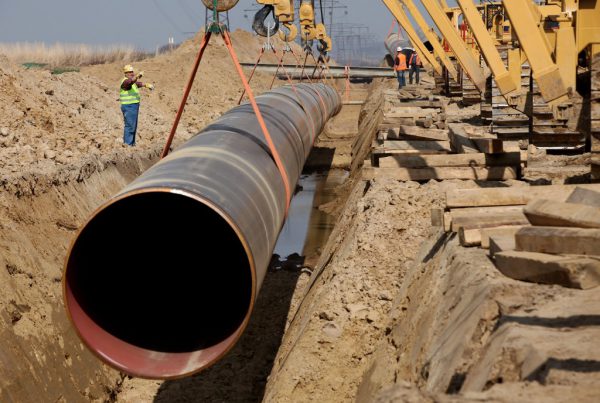ABS statistics report that, ‘Companies expect to spend close to $167 billion on capex this financial year.’ Given this spend will be made based on a plan to achieve a substantial return, how good are Australian companies at actually achieving this return? PwC says not that good at all . According to its global review on trends in the mining sector, PwC claim returns on capital spend of the top 40 mining companies is at 8%, down from 18% and even worse than the 2008 GFC levels of 9%.
We compared this graphic with RBA data on commodity prices over this time which mirrors the profile of the PwC graph. One conclusion that might be drawn from this insight is that commodity prices has been hiding our overall capability to bring new capital online to achieve the projected returns. In practical terms, our observations of approaches for operational readiness support this conclusion.
Here are some interesting traps to watch for:
Operational Readiness Traps
Focussing on the asset rather than business value
It is a fundamental human driver to want to build something substantial. Pyramids, skyscrapers, schools, hospitals… it’s a sign of human endeavour. This is the same in organisations. Delivery projects are sexy, important, difficult to stop and they have milestones that can be celebrated. Once the party is over the rest of the organisation quickly moves to the next project leaving the new asset owner/manager with the task of getting the capital running without it necessarily being completely ‘wired in’.
Its essential to ensure that a balanced voice of project delivery and business delivery is heard throughout. Building a mindset of delivering a business capability not just a new asset is essential
Scale is the overwhelming
The enormity of costs, logistics, and timelines that comes with large capital projects make it difficult for the multitudes charged with delivery to work effectively. Particularly difficult circumstance can force practitioners to default to self-protection mode, cut and paste mode and anything but the leadership required to deliver a complex project.
Providing collaborative space, frameworks, processes, tools and techniques that keep everyone and everything visible and aligned is critical
Busy as a bee, but where’s the honey
If you can’t tell from your reporting systems how close to completion you are, or whether risks have been identified and mitigated and if you are on budget or not, then it means that you are most likely managing and reporting activity not deliverables.
Make sure that you have designed your planning around the delivery of tangible and concrete value. The sum of these ‘value’ items should equal the completed business capability.
The horse has bolted
Large capital projects can create their own momentum and as such are hard to stop unless you are the MD, CEO or Board. If not planned correctly the project delivery can outpace the business delivery resulting in large flat patches of performance or increased operational risk as essential approvals, SOPs, infrastructure or resourcing is delayed or missing.
Capital projects and operational readiness work must be delivered in harmony to eliminate or reduce operational risk and to optimise benefit realisation as planned
No ‘salmon’ allowed upstream
Operational readiness considerations and business planning is often relegated to the latter end of the capital delivery process. This compresses the time allowed to identify, plan, budget, resource and complete work essential to bring the capital online seamlessly.
Collaborate — Operational readiness and business planning needs to be appropriately integrated into the earlier phases of capital delivery lifecycle
Be a risk collector
Risk and opportunity management is an ongoing process, yet most approaches to risk assessments are a snapshot in time or worse to provide evidence of compliance rather than actively managing risk. Additionally, the integrity of risk management can be compromised when there are multiple and competing risk approaches being used. This fragments risk management allowing risks to ‘fall between the cracks’ or unnecessary redundancy to exist.
Risks and opportunity management is a live process, which needs to be transparent to all involved
Its a map but not as we know it
Maps help travellers navigate their way to their destination using the quickest route. That way they don’t waste time and money taking the long or wrong way round. Imagine the time it would take and how inefficient it would be telling 500 people to get to an unfamiliar destination without a map. Delivering a capital project is exactly the same.
Those responsible for getting the work done need a clearly defined process to follow at a level that enables their work performance and does not allow them to relinquish ‘thinking and analysis’ as a part of their role.
If you are accountable for the delivery of one or many large capital assets into an operating business, are you really satisfied that you will achieve projected performance levels when it goes live. If you can’t answer yes with 100% certainty you need to find the true state of play.


